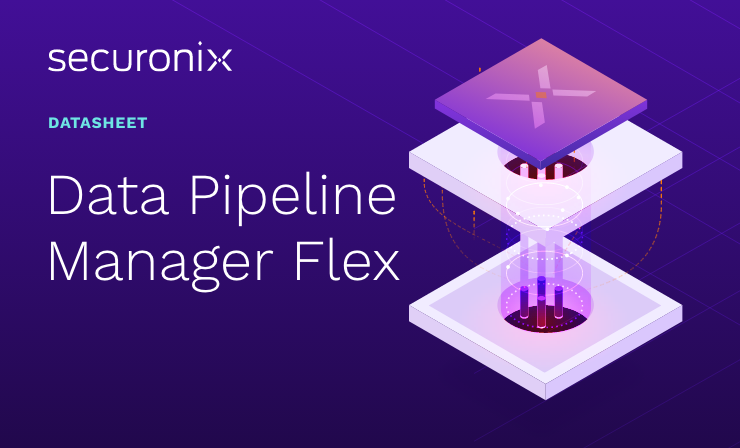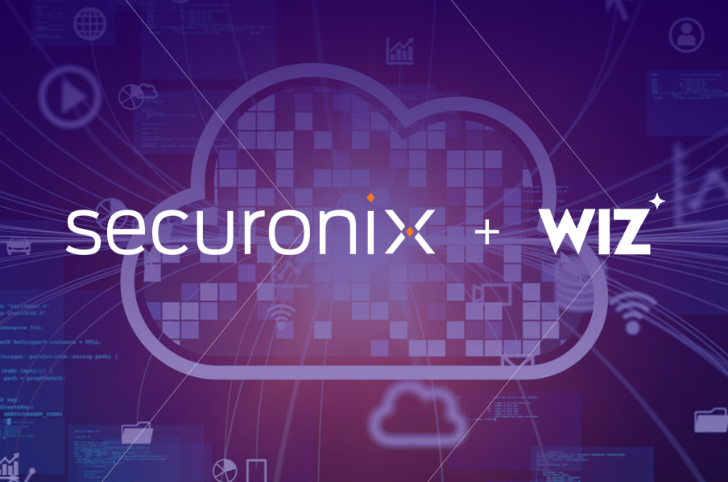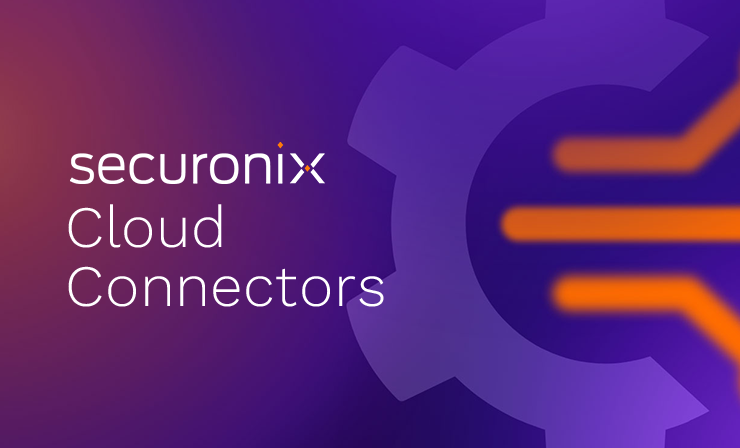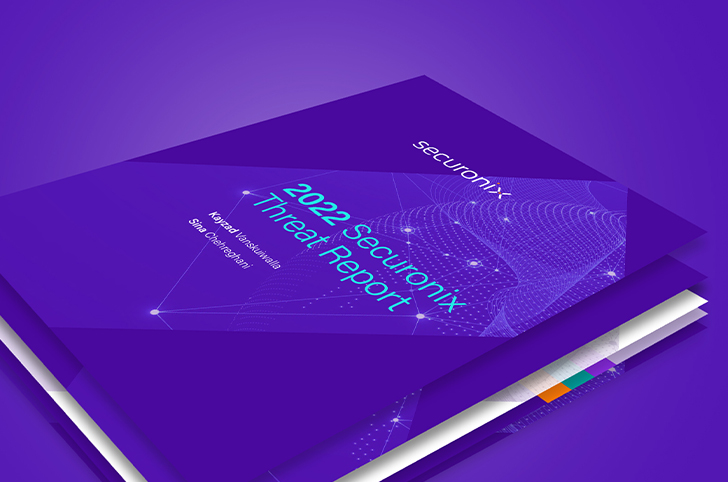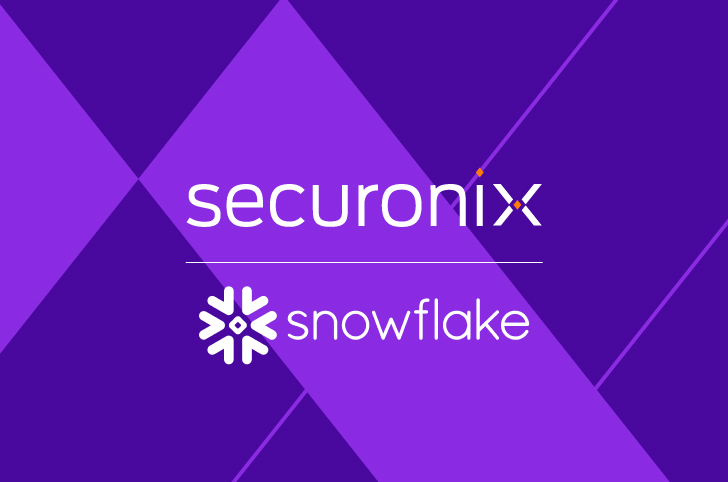- Why Securonix?
- Products
-
- Overview
- Securonix Cloud Advantage
-
- Solutions
-
- Monitoring the Cloud
- Cloud Security Monitoring
- Gain visibility to detect and respond to cloud threats.
- Amazon Web Services
- Achieve faster response to threats across AWS.
- Google Cloud Platform
- Improve detection and response across GCP.
- Microsoft Azure
- Expand security monitoring across Azure services.
- Microsoft 365
- Benefit from detection and response on Office 365.
-
- Featured Use Case
- Insider Threat
- Monitor and mitigate malicious and negligent users.
- EMR Monitoring
- Increase patient data privacy and prevent data snooping.
- MITRE ATT&CK
- Align alerts and analytics to the MITRE ATT&CK framework.
-
- Resources
- Partners
- Company
- Blog
SIEM
By Brian Robertson, Senior Product Marketing Manager
In our first article, “Cloud SIEM Fundamentals Explained” we discussed the need for, and numerous benefits of, cloud-native SIEM solutions, including speed, data access, scalability, elasticity, resiliency, and artificial intelligence-driven analytics. The advantages of a cloud-native SIEM are undeniable, with many organizations benefiting from taking their SIEM platform to the cloud.
However, your team needs to assess certain considerations and potential issues before initiating your cloud migration. This article is the second in a three-part series exploring the fundamentals of cloud-based SIEM as discussed in the Securonix Special Edition “Cloud SIEM for Dummies.” We explore the considerations, potential constraints, and questions your team should discuss when choosing a cloud-native SIEM solution.
Considerations and constraints of cloud-native SIEM
Data control
How much control does your organization need over its data? Engaging a third-party cloud vendor involves relinquishing a certain degree of control over your company’s data. Vendors ensure data availability and backup function, but your data still lies in third-party hands. The “bring your own cloud” option provides a viable solution by allowing organizations to keep data in their cloud for total control.
Regulatory and legal barriers
Software as a service (SaaS) comes with constraints, namely the restrictions of regulatory compliance laws. These regulations often require a SIEM solution component, but complications can arise with the enforcement of data sovereignty and privacy laws.
Bandwidth
Organizations lacking sufficient bandwidth to interact with cloud resources risk losing the benefits of a cloud solution. Be sure your company has the on-premises bandwidth to supply a cloud-native SIEM with sufficient log volume and access SIEM user interfaces before migrating or replacing your SIEM with a cloud-based environment. Not sure of your bandwidth resources? To determine your bandwidth capacity, multiply the number of events occurring per second by the average event size.
Network reliability
A reliable network connection is critical for a cloud-native SIEM. An unreliable connection between your on-premises data and cloud services or your cloud SIEM and other cloud data storage can undermine the success of your cloud migration.
Cost
Cost and capabilities can vary significantly among public cloud vendors. In some situations, depending on data demands, a traditional SaaS model can be an option. Or, if you have massive data demands, incorporating an enterprise data lake like Snowflake, for example, can control your costs through unique pricing models. It’s worth the time to research vendors in order to maximize cloud capability for your dollar.
Spanning threat detection and response across clouds
Will your organization need visibility into one cloud or for hybrid or multi-cloud environments? Depending on your organizational requirements here are some cloud adoption options for consideration:
Hybrid
A hybrid model connects the on-premises data storage with a public cloud service, allowing an organization to take advantage of on-premises control and the desired benefits of the cloud when deploying applications and storing data. Hybrid cloud models eliminate regulatory issues with SaaS applications and allow organizations to move to a more comprehensive cloud strategy in small manageable stages.
Multi-cloud
A multi-cloud model seeks to leverage the advantages of engaging multiple public cloud vendors. This allows organizations to pick the best of each approach to increase reliability and help with compliance regulations required when holding data in specific or separate regions.
A federated SIEM model can support both of these approaches. For many organizations, cloud migration is often a drawn-out process of distributing infrastructure and assets both on-premises and across multiple cloud environments. A federated SIEM model allows the distribution of numerous SIEM components across disparate cloud platforms with an additional consolidated layer for centralized SIEM management. This model conveniently combines the advantages of cloud distribution with the benefits of centralized SIEM control.
In conclusion
Migrating your SIEM to the cloud can deliver numerous advantages and involve many critical considerations, none of which carry more weight than cloud platform scalability and data integration. Cloud SIEM environments must readily scale to handle the volume and complexity of dynamic data flow. Successful security analytics comes down to effective data collection, so be sure your chosen cloud-based SIEM platform can integrate all organizational data sources.
Related Resources
7 Things to Consider When Migrating to the Cloud

Learn more about how to migrate your security analytics to the cloud.
Download Cloud SIEM for Dummies


